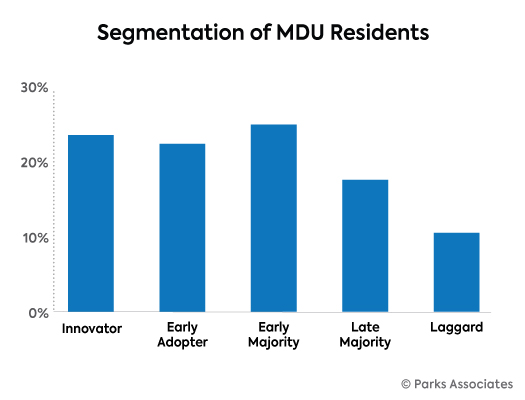Navigating the Intricate Landscape of Regulatory Standards for Cyber Security in Multi-Unit Residences to Ensure Occupant Safety and Information Protection
Wiki Article
Within today's society, numerous people live in multi-dwelling buildings, including apartment buildings and condo communities. These places frequently utilize shared infrastructures for internet and additional amenities. While this setup can be beneficial, it also brings up significant concerns about network security and regulatory standards. Guaranteeing the safety of residents and safeguarding their information is crucial. This article will examine the intricate landscape of regulatory guidelines for network safety in multi-unit units, focusing on how these standards assist maintain residents safe and secure.
One of the primary compliance standards that pertain to system security is the General Data Protection Regulation (GDPR). This regulation is intended to protect personal data and privacy for individuals inside the EU Union. While it primarily applies to companies functioning in Europe, its tenets can influence practices in other areas as also. For multi-dwelling buildings, adhering to GDPR means implementing strong information protection measures. This entails ensuring that tenants' individual information is gathered, stored, and processed safely. By following these standards, building administrators can help build confidence with residents and guarantee their information is protected from unauthorized access.

Another significant guideline is the Health Coverage Flexibility and Accountability Law (HIPAA), which protects sensitive patient data in the healthcare industry. In multi-unit units, especially those that offer healthcare assistance or have residents with particular health needs, adherence with HIPAA is crucial. This means that any health-related information gathered from residents must be kept private and protected. Property managers must ensure that their system infrastructures are configured to prevent data breaches and unauthorized access. By taking these steps, they not only comply with regulatory requirements but also foster a safe living environment for all residents.
In addition to GDPR and HIPAA, the Payment Card Sector Data Protection Guidelines (PCI DSS) is a further vital regulatory standard. This standard is especially relevant for multi-dwelling units that accept credit card transactions for lease or amenities. PCI DSS specifies security protocols that must be in place to safeguard cardholder information. This includes encrypting sensitive data and regularly reviewing network safety. By adhering to PCI DSS guidelines, building administrators can reduce the risk of information breaches and protect residents' financial data, which is vital for upholding their confidence and safety.
Ultimately, it is crucial for multi-dwelling buildings to stay updated on local and federal laws regarding network security. Laws and standards can change, and staying informed is crucial for compliance. Property administrators should regularly review their safety policies and practices to make sure they comply with up-to-date standards. This preventive strategy not only assists in upholding compliance but also enhances the overall safety of the network. By prioritizing resident safety and data protection, multi-dwelling units can create a secure residential space that encourages confidence and reassurance among tenants.
In conclusion, traversing the complex landscape of compliance guidelines for network security in multi-unit buildings is crucial for guaranteeing tenant security and information safeguarding. By comprehending and applying guidelines like GDPR, HIPAA, and PCI DSS, building administrators can establish a safe environment for their residents. Staying informed about local laws and frequently assessing safety protocols further improves this dedication to security. In the end, a robust emphasis on adherence not only safeguards residents but also fosters a feeling of belonging and confidence incident response planning for mdu among multi-unit buildings.